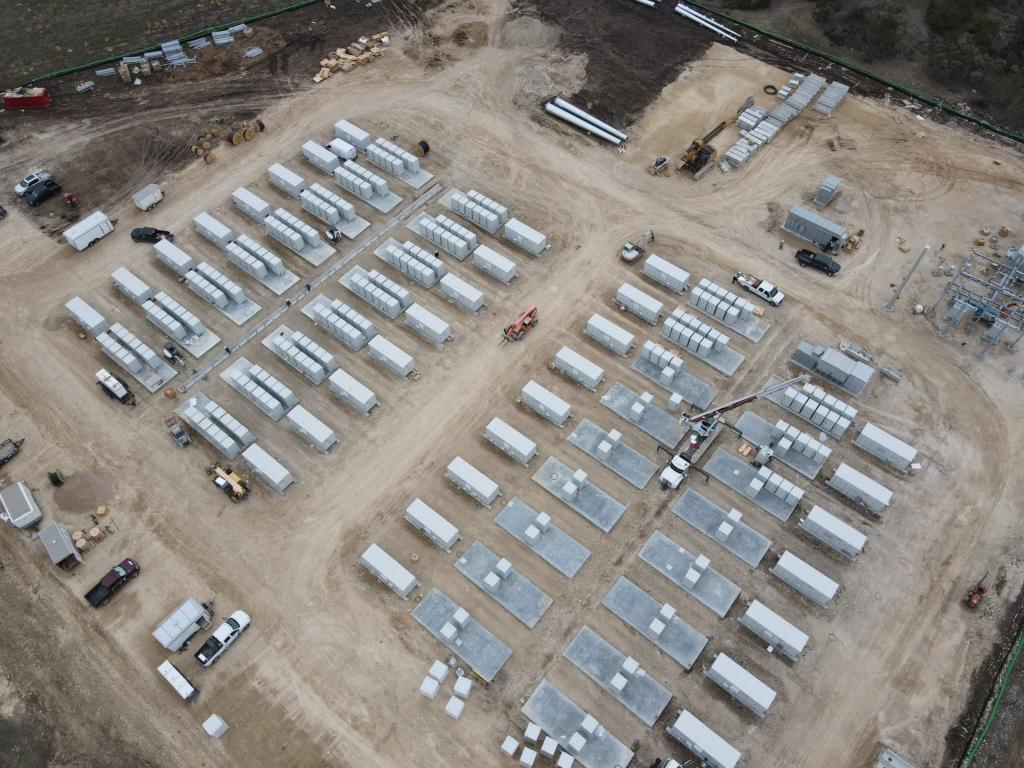Software for Battery Storage
In response to economic and operational challenges, there is a prevailing tendency within the industry to enhance or modify the EMS. Making the decision to retrofit the EMS carries significant weight, hence it is vital to meticulously plan the sequence of retrofitting actions. Approximately 20% of the deal flow that FlexGen handles consists of retrofits.
Considering the multitude of customer segments, varying business models, and imminent changes in technology, this question holds significant importance. Here are four strategies that could potentially lead to success in the market:
I consent to receiving news and promotional material from Schneider Electric and its affiliated companies through electronic channels, such as email. Additionally, I acknowledge that data regarding my interaction with these emails, including the tracking of opens and clicks using hidden pixels within images, may be collected in order to assess the effectiveness of our communications and enhance their quality. For more comprehensive information, kindly refer to our Privacy Policy.



